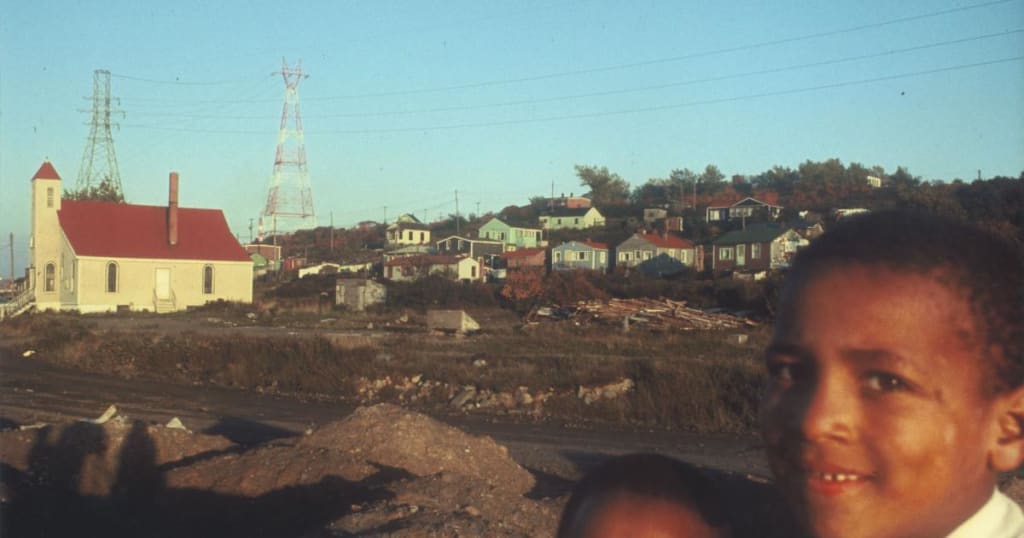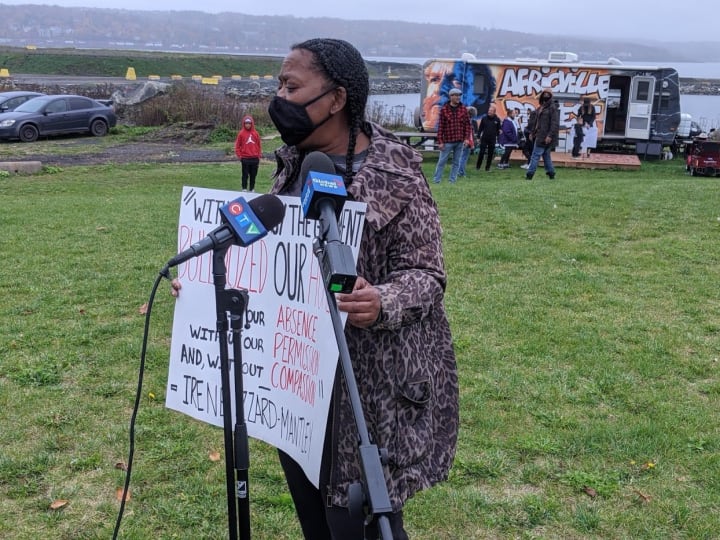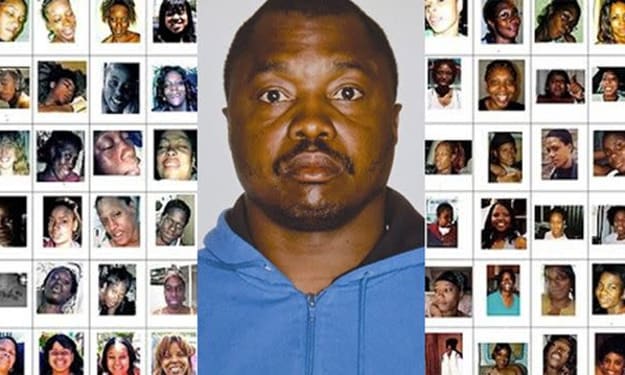Canada's Racial Discrimination in Environmental Policies: Community of Africville
The history of Canada is damaged by environmental policy-making that directly impacts people of colour. Neglected by the government, coloured communities faced threatening living conditions and were forced to move into unfamiliar white-dominant neighbourhoods.

Let's suppose you wake up from a beautiful sleep that you had in the comfort of your home. You look around and recall the many years you spent and worked hard to build this home, providing the best for your family. You walk to your kitchen to get a glass of water, but it tastes awful. You start to feel lightheaded after the sip, so you decide to go outside and get some fresh air. Suddenly, you can breathe the smell of fuel and waste, as trash is thrown near your home by the factory across your street; a factory that your town municipality built. The terrifying thoughts fill your head of this being the reality for you and your family from now onwards, having to drink contaminated water and breath intoxicated air. This is the true story of many coloured residents living across Canada and this phenomenon is known as environmental racism.
The perspectives of Indigenous and Black inequality, with White supremacy, are still being integrated into multiple factors of Canadian society, and it has been happening for a long time. In the past and at times even in the present, concepts in media representations continue to invalidate and delegitimize prejudice against non-white racial populations.
Racial discrimination has strongly affected property utilization and accommodation situations for years. Not only that, but it has made it unattainable for residents to live in such areas. With the service of the Canadian government, the wealthy white folk in former times managed to live in better-developed parts of the communities. This renounced the coloured members of the communities to leave their ancestral residences to either move to the slums or be forced to live in an unfamiliar, white-dominated area.
This racial prejudice is implemented to disturb the peace and harmony of the coloured members of society living in a specific geographical location. We will discuss the history of one of the many lost communities in Canada, known as Africville. The slow decline and destruction of Africville was the most silent yet most extensive form of environmental racism in Canadian history.
The Destruction of Africville

In the mid-1800s, a small community harboured in old Halifax, Nova Scotia. The neighbourhood consisted of various members of the Black community that came from Africa. It started well and safely, however more than a century later, the entire residential community was destroyed and titled a slum. In the Canadian Journal of Law and Society, Jennifer J. Nelson creates two narratives, the first by the white supremacists and the municipality, and the second, the truth by the residents of the community of Africville.
The white supremacists had claimed that the community of Africville had become a slum and there was no reason for it to remain there. They tried to convince the government that in place of Africville, they should build an industrial area and remove all the residents from here by giving them a 'better place to live.' The truth on the other hand is that Africville was manipulated by the government and was shown as a slum as the municipalities had allowed it to turn into one by disparaging the community.
Nelson mentions, "Throughout the community's approximately 120-year history, Halifax's development, particularly in the industrial and disease-waste-management sectors, equalled a series of encroachments on Africville land." (2000) explaining further, the municipality wished to create railway tracks over the land which was owned by Africville residents. Their homes were in the way of the railway tracks, and they wanted to remove the people living there to proceed with the construction of their tracks as if it could be done quickly and they were just an obstacle.
When that wasn't enough, the municipality decided to construct factories and a slaughterhouse near the residences. Along with that a prison in the same community. Nelson further informs, "the community was not given any protection from the police nor any firefighters." Yet, they had a prison in their community and services that are not usually situated in a residential area.
But wait. That was not enough either. The municipality created a dump in the same street as the houses. If they had dared to do so in an area of a white majority community at that time, all forms of government would help the community to protest that. The neighbourhood of Africville protested and tried to spread the truth; however, the municipalities continued to manipulate the white communities with misinformation that the Africville community had turned into a slum due to the low economic status of the community's residents.
The municipalities had attempted to kill the geographical community. The entire community of Africville was eventually destroyed. All the houses were broken down and all buildings besides the ones constructed by the municipalities were broken down. All residents were forced into moving into white-majority neighbourhoods, where they were prone to face racism.
Descendants of Former Africville Residents

Years later, when the descendants of Africville residents grew older, they decided to spread their concerns regarding Africville. Nelson shares an incident regarding the Carvery brothers. Residents of the city of Halifax claimed to be disturbed by a protest being conducted by the Carvery brothers that expressed the pain of former residents of Africville. The brothers expressed despair for their ancestors' financial situations during the time they were forced to move with nowhere to go. This protest was vital as it began to raise awareness among the younger generations of the time.
Due to racial prejudice, the community called Africville lost its presence and the residents lost their homes. Similar to this ruthlessly tortured and abandoned community, the Indigenous communities of Canada have suffered century-long environmental racism. Unfortunately, these instances occur even today. As per Palmater, areas with a majority of indigenous communities are provided with a minimal amount to keep themselves hygienic and a huge restriction on potable water for the residents. The Indigenous community has attempted to protest numerous times against this. They have been doing it since the Canadian government began imposing environmental racism on them.
The more the government aggravates racialized community members, the sooner they will leave. However, in the modern age, if enough awareness is spread regarding the issue, I believe that changes could be made. As Pellow tells us about intersectionality, she explains when various groups come together and see the same view against the wrongs, they can fight against it together. That makes the protest stronger. We must believe that intersectionality may not solve it, but be a stepping stone against environmental racism and benefit all who suffer.
References
Nelson. (2000). The Space of Africville: Creating, Regulating and Remembering the Urban “Slum.” Canadian Journal of Law and Society, 15(2), 163–185. https://doi.org/10.1017/S0829320100006402
Palmater. (2014). Genocide, Indian Policy, and Legislated Elimination of Indians in Canada. Aboriginal Policy Studies (Edmonton, Alberta, Canada), 3(3). https://doi.org/10.5663/aps.v3i3.22225
Pellow. (2016). Toward a Critical Environmental Justice Studies: Black Lives Matter as an Environmental Justice Challenge. Du Bois Review, 13(2), 221–236. https://doi.org/10.1017/S1742058X1600014X
About the Creator
Sachin Seth
Bachelor of Arts in Law and Society. (BA)
Student at York University.
Passionate about research, analysis, and presentation. Using literary platforms to speak on global issues and highlight the voices of those unheard.
Enjoyed the story? Support the Creator.
Subscribe for free to receive all their stories in your feed. You could also pledge your support or give them a one-off tip, letting them know you appreciate their work.





Comments (1)
Very thought-provoking piece that actually talks about Africville! not many people remember or know about that once-existing neighborhood.